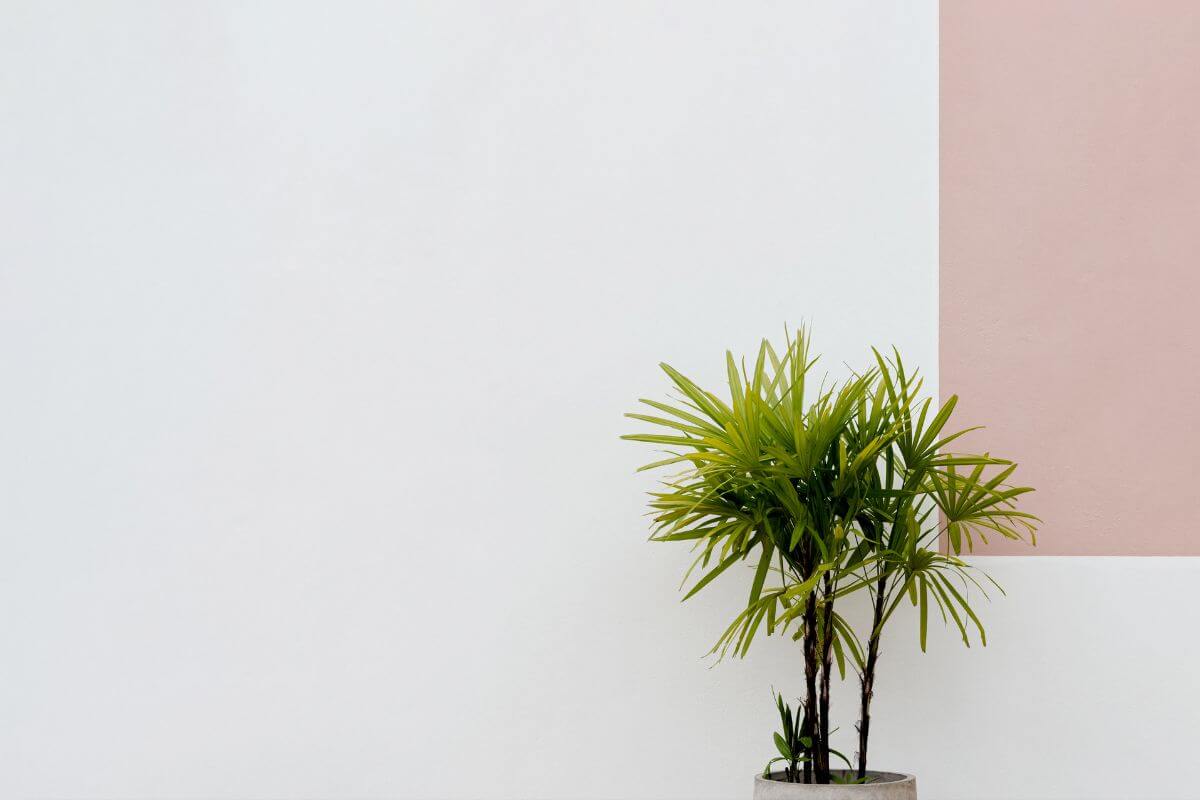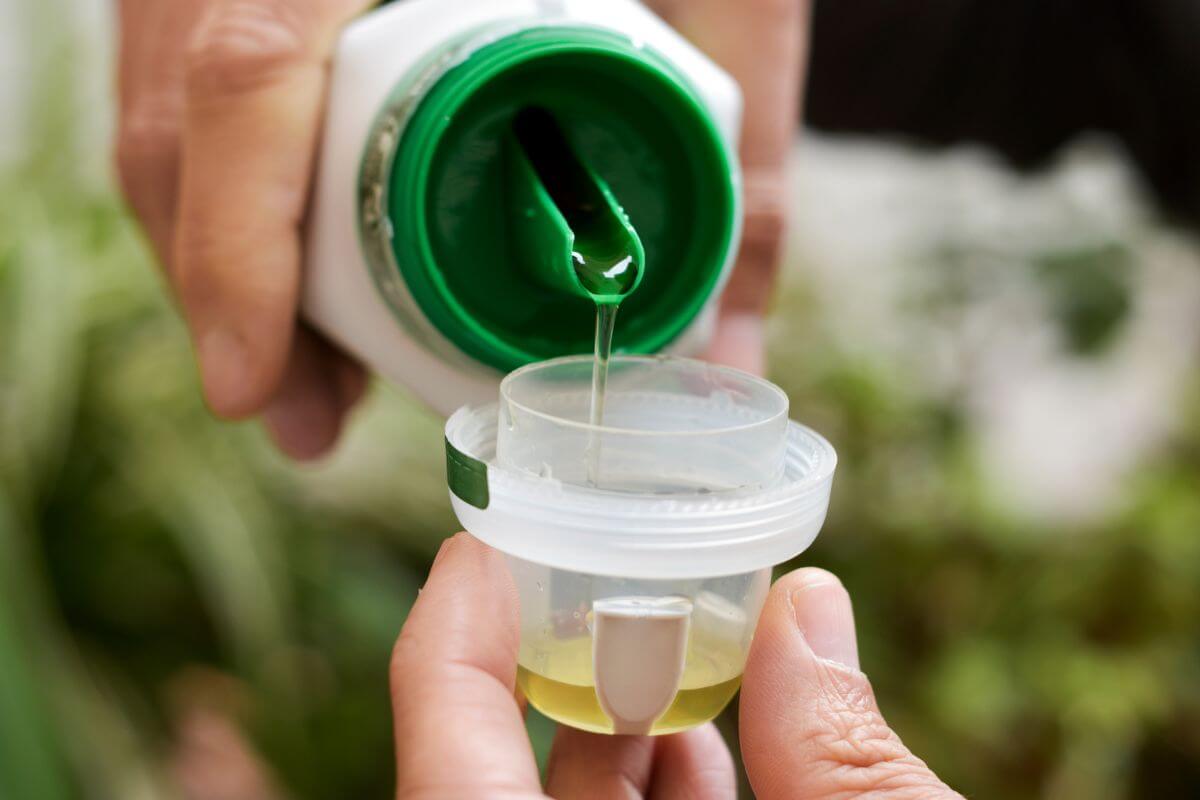The Lady Palm is a slow-growing palm that has become quite popular as an indoor houseplant.
A delightful glossy palm, the Rhapis Excelsaalso known as Lady Palm is a tropical exotic addition to any home or office décor.
- Related: Lists of Houseplants
Follow the tips in this lady palm care guide to learn how to care for and grow the small palm.
Lady Palm Overview

Often called the Bamboo Palm or Broadleaf Lady Palm, this palm is appreciated for its lush green foliage and actually began its claim to fame in Feudal Japan.
Outdoors, it is usually incorporated into shrub borders. As an indoor plant, you will find it center stage in a room or entranceway.
A native of Southeast Asia, it is typically found in Japan, southern China and Vietnam. The natural habitat is the forest at an altitude of a thousand meters or so, but it is also at home in valleys.
Because it tolerates a dry climate and shade, it is the ideal showpiece for malls, offices, and businesses in general because it will survive for a bit without watering.
The lady palm will develop more than one stem and boast generous foliage with glossy green leaves that are fan shaped.
This plant’s stems can grow to a height of approximately thirteen feet tall and about a foot wide. Indoors, your lady palm will grow about six inches per year, whereas outdoors it will grow twice that.
The stems will resemble bamboo trunks as the lower fronds die and fall off, which explains why it is also called the bamboo palm.
The foliage can grow to a little over six feet long in diameter. The leaves differ from other palms as they are wider and feature blunt tips.
Used in traditional medicine, its roots and bark are generally employed and may be used for circulatory problems, rheumatism, and more.
Lady Palm Varieties
Commercially, the two most common types belonging to the same variety are the “Butterball” and “Open Style.”
The butterball has many canes, and the open style is a slender lady palm with an increase of foliage at the plant’s top. Rare, variegated varieties also exist, but are much more difficult to acquire.
Other popular varieties include:
- Gyokuho, a dwarf lady palm
- Koban with dark green foliage
- Kodaruma, a small variety with a slower growth rate
- Zuikonishki featuring green leaves with white stripes
Lady Palm Care Guide
The lady palm is also a great air cleaning plant due to its ability to absorb carbon dioxide through its thick leafy canopy. It does not require too much light, making it perfect for those who live in apartments or condos where there isn’t enough space for a large tree.
Soil for the Lady Palm
The lady palm prefers a well-draining, loamy soil, but it’s also a tolerant plant of different soil as long as it’s well-draining.
The lady palm likes African Violet potting soil mix, as well as clay soil or with sandy soil. The African Violet potting mix will guarantee aeration of the palm’s roots.
For a homemade mix, try one part peat moss, one part soil mix amended with perlite and vermiculite.
Light for the Lady Palm

Bright, indirect light is best for a lady palm. Avoid direct sunlight as too much sun will turn fronds yellow.
The lady palm tolerates shade well, making it great for offices and homes. Partial shade and indirect sunlight will be best when grown outdoors.
Temperature for the Lady Palm
The lady palm is highly tolerable and can survive tropical and subtropical temperatures that range from 23° to 100° Fahrenheit, allowing for a lot of variables when selecting a location for this palm.
The ideal indoor temperature will measure between 65° and 75° F.
Water and Humidity for the Lady Palm
When watering, know that your lady palm enjoys a good thorough dousing. The entire root system needs to be well-watered, and the soil bed should maintain moisture between waterings.
If you allow the soil bed to dry out completely, the foliage will follow rapidly. Should brown tips appear on leaves, know that this is one of the first signs of underwatering.
However, this palm is also at risk for overwatering. A soggy soil bed will result in root rot. The root system will be positioned at the bottom of the pot, so don’t assume that because the soil bed top is dry, the entire soil bed is as well.
Be sure your pot’s drainage holes are allowing excess water to drain through.
The lady palm is also exceptionally sensitive to chloride and fluoride in tap water. It is recommended that you use collected rainwater or distilled water if possible.
The lady palm prefers at least a 50% indoor humidity level. A lack of indoor humidity is well-tolerated, but if you start seeing brown leaf tips, it may be too low.
Add a humidifier and surround it with other plants if you need to increase humidity.
Fertilizer for the Lady Palm

Not a voracious eater, your lady palm can do well with a monthly feeding in the growing season.
A palm fertilizer will be best; however, a basic houseplant liquid fertilizer can be used. Dilute it to half its recommended strength.
Pruning and Repotting the Lady Palm
To prune the lady palm, dedicate your attention to stems and leaves that are older. The lowest leaves will be the oldest, so prune at the bottom of your palm.
Pruning should only be done when foliage becomes discolored. Any new growth that dies before maturation also needs to be removed. If you need to trim an entire trunk, go ahead and do so.
Repotting needs to be done every three to four years, or sooner if the palm outgrows its pot. The lady palm thrives when slightly root bound.
Propagating for the Lady Palm
Many lady palms are propagated through the use of seeds, but this type of propagation is for gardeners with quite a bit of experience and a lot of patience.
When starting from seed, it may take six years for you to grow the same size plant as nurseries grow. Additionally, for correct pollination, you will need both female and male lady palm plants.
Fortunately, the lady palm produces rhizomes or underground root stems that can create roots and stems for new plants. These rhizomes function as storage for nutrients, so that in unfavorable weather, the plant can survive.
The rhizomes develop the stem clusters. Because the lady palm will produce a good number of rhizomes, they can be readily divided from the parent plant. Lady palm also grows large root systems that can also be divided.
Lady Palm Pests, Diseases, and Problems

The lady palm is sensitive and susceptible to pest infestations. Scale insect is a typical pest for this plant and will hide itself among stems at the plant’s base. Spider mites are also a threat.
It is best to avoid spraying a pesticide directly on the leaves, opting rather for an insecticide that is directly applied to the soil bed. Also, use a damp cloth to wipe pests off of the leaves.
Lady palm is also susceptible to several infections, including Fusarium oxysporum, Pythium, and Pink rot.
Lady Palm Toxicity and Pets
The lady palm is not known to be toxic to dogs, cats, or humans.
Lady Palm Care Final Thoughts
The lady palm has many benefits over most common houseplants. It requires little care and maintenance, making it easy to keep healthy indoors year round.
Its ability to thrive in almost any environment makes it ideal for those who live in apartments or condos where space is limited. Finally, the lady palm provides beauty throughout the home while adding character to rooms.
Remember that the lady palm is not a desert plant and requires a good consistently moist soil bed to truly thrive.
Check out these other palms to grow indoors and outdoors:
Lady Palm FAQs
Can lady palms take full sun?
No, lady palms don’t like the full sun. They prefer partial shade with bright indirect light.
How do you take care of Lady Palms?
Taking care of lady palms is easy. All you need to do is water them regularly and fertilize them occasionally. Make sure they get plenty of indirect bright light. Also, be sure to give them well-draining potting mix, so they don’t become waterlogged.
How big do lady palms grow?
Lady palms can grow to about 12 feet tall if given proper conditions. However, some varieties have been bred specifically for smaller sizes. Their leaves can often grow to a foot long.
Why are lady palms so expensive?
Lady palms are more expensive because their seeds must be collected by hand. This process takes time and effort. The cost of collecting seeds is passed onto consumers when buying lady palms. They are also slow growers, so it takes longer for them to grow to a sellable size.
Is the lady palm invasive?
Yes, the lady palm can be invasive because its roots spread widely. If left unchecked, they may invade your yard. However, they are slow growers, so you can prune them to contain the roots and ensure it doesn’t get to areas you don’t want it to reach.
Is the lady palm toxic to cats?
No, the lady palm is non-toxic to cats, dogs, and humans. In fact, it’s one of the safest plants around!
How often does my lady palm need repotting?
You will want to repot your lady palm every 3 to 4 years or when you see its roots growing out of the soil. This means you’ll have to remove all the old potting medium and add fresh potting mix each time.


